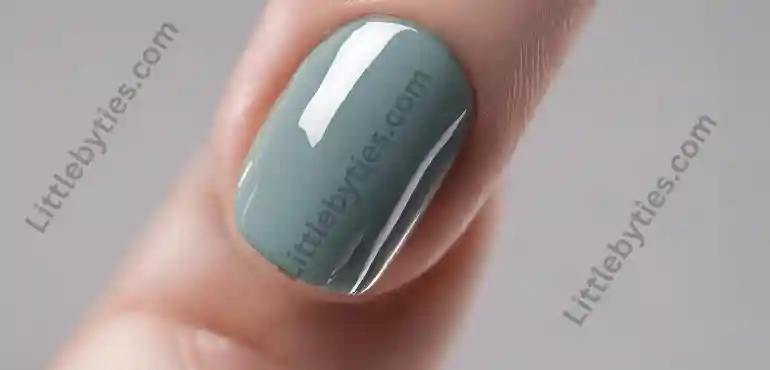Having a missing fingernail can be an unpleasant experience. Not only does it look unsightly, but the exposed nail bed can be prone to injury and infection. Many people in this situation wonder if it’s possible to apply an acrylic nail enhancement to a missing natural nail. The answer is yes, you can put an acrylic nail on a missing fingernail, but the application process requires some customization and extra care.
Key Takeaways:
- Applying acrylics to a missing nail is possible but challenging. It requires an experienced nail technician.
- The nail bed must be prepped and a nail tip or form needs to be fitted to create a base.
- Acrylic adheres best to the actual nail plate, so bonds on only skin are weaker.
- Maintenance is crucial, with more frequent fills needed to avoid lifting or damage.
- Removing acrylic from a missing nail must be done with extreme care to avoid hurting skin.
How Acrylic Nails Work on Missing Nails
Acrylic nails are formed using a liquid monomer and polymer powder which harden into plastic. On natural nails, the acrylic bonds best to the keratin in the nail plate for strength. When there is no nail plate, adhering acrylic directly to the skin of the nail bed is more challenging. The bond is weaker and there is increased risk of the acrylic lifting or falling off.
To compensate, the nail technician needs to take extra steps to create a secure base for acrylic:
- Thoroughly clean and file the nail bed – Any oil or debris left can impede bonding
- Apply nail dehydrator or glue – Helps acrylic adhere to the skin
- Custom fit a tip or form – Gives structure and shape to build acrylic on
- Apply acrylic – Use thin coats and avoid overheating when missing a nail
The Application Process
Applying acrylics to a missing fingernail takes skill, precision, and a gentle touch. Here are some best practices:
- Have a consultation first to discuss expectations and challenges
- The nail bed should be filed to remove any loose skin or hangnails
- Cleanse the area with soap and water and wipe with dehydrator or nail glue
- Select a nail tip or custom mold a form to fit the exact shape of the nail bed
- Adhere the tip/form securely using nail glue and acrylic
- Apply thin coats of acrylic, and shape and define as usual
- File and buff very gently around the skin to avoid irritation

Maintenance and Removal
Acrylic nails applied to a missing natural nail require extra maintenance. The bond is weaker so fill appointments will be needed every 2-3 weeks to avoid lifting and gaps. Removal must be done with extreme care by soaking off the acrylic and gently pushing it away from the skin. Harsh prying or filing can damage the nail bed. It is best to have a professional remove acrylic from a missing nail.
The Pros and Cons
There are advantages and disadvantages to consider with acrylics on missing nails:
Pros:
- Protects exposed nail bed from trauma
- Provides a natural-looking extension
- Can help nail grow in stronger
Cons:
- Higher risk of damage, lifting, or falling off
- More expensive with frequent fill needs
- Can be uncomfortable if applied directly on skin
- Difficult DIY removal without hurting skin
Conclusion
Acrylic nails can be a viable solution for missing fingernails, offering protection and aesthetics. However, this requires skilled application, frequent maintenance, and careful removal due to weaker bonds and increased risks. It’s a delicate balance of enhancing appearance while safeguarding the sensitive nail bed.
Content Writer & Blogger · Abaidullah Shahid is a content writer and SEO Copywriter from Lahore, Pakistan. He got Google certifications in SEO, Digital Marketing and E-commerce, and has 3 years of experience in blogging. Abaidullah is a professional writer especially related to the fashion and lifestyle industry. He writes for various agencies, clients and his own website, invisiblelocs.net with passion.